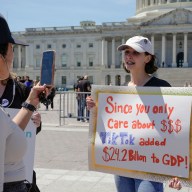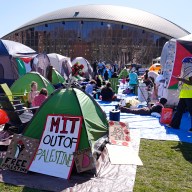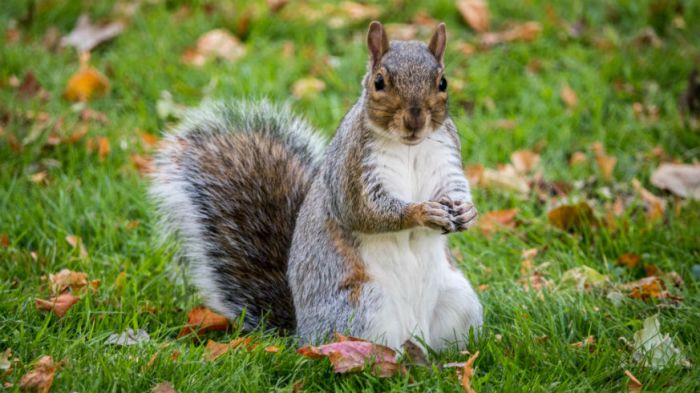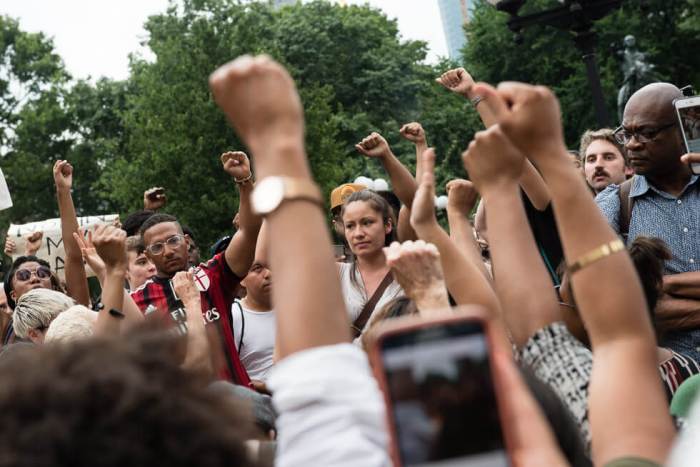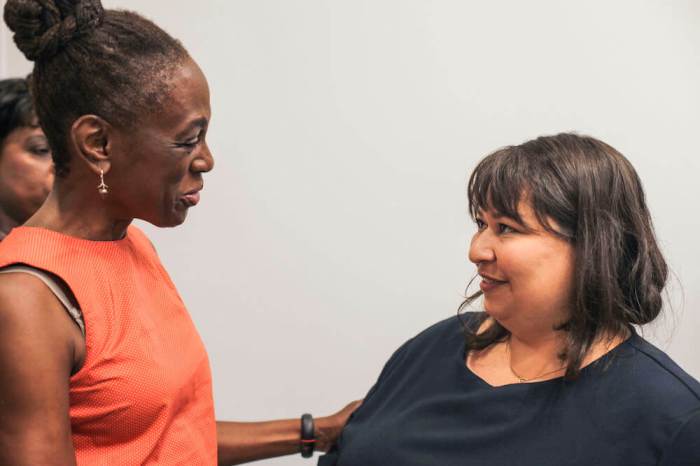‘Respond’
Recent cases of black men dying at the hands of police officers have spurred a new movement calling for accountability and ending racial profiling. Smack Mellon gallery is holding a community dialogue through its current exhibition, “Respond,” with works by 200 artists and related events held almost daily, including poetry readings, films, a discussion on the history of nonviolent activism and, on Valentine’s Day, a “Tough Love” workshop on protest letters written by artists of color to cultural institutions from the ’60s to the present. Through Feb. 22, 92 Plymouth St., Brooklyn ‘Here We Stand: Honor Black History’
Black history is brought to vibrant life with “From the African Village to the Urban Village” through jazz from New Orleans trombonist Delfeayo Marsalis, hip-hop and performances from Harlem’s Oscar-nominated Impact Repertory Theatre. Feb. 28, 3-5 p.m., free with admission The “exquisite style” of Harlem’s black men is more than just a fashion statement. The Schomburg Center for Research in Black Culture is convening a style panel to discuss the diversity, creativity and intelligence of their self-expression. Dress to impress for a chance to be part of a fashion shoot by Mangue Banzima of Quistyle. Feb. 12, 6:30 p.m., 515 Malcolm X Blvd. ‘After Afropolitan’
More than two dozen artists explore the experience and imagination of the African diaspora through this exhibit at Weeksville Heritage Center, a living museum of 1800s-era homes that were part of a free black community. Through March 6, $5, 158 Buffalo Ave., Brooklyn Walking tours
Harlem may be the locus of New York City’s black history, but it’s not the only borough that has been influenced by black culture. Among the tours offered by the Municipal Arts Society are tracing the life of Pierre Toussaint, a former slave who arrived in 1797 and became a “one-man social services agency” (Feb. 8) and seeing how the Great Migration of blacks fleeing Jim Crow laws as whites were leaving the Bronx played out on the Grand Concourse. $20
Check outscreenings of films by black artistsaround the city.
‘From Dapper to Dope’
Then and now: Where to see black history in NYC
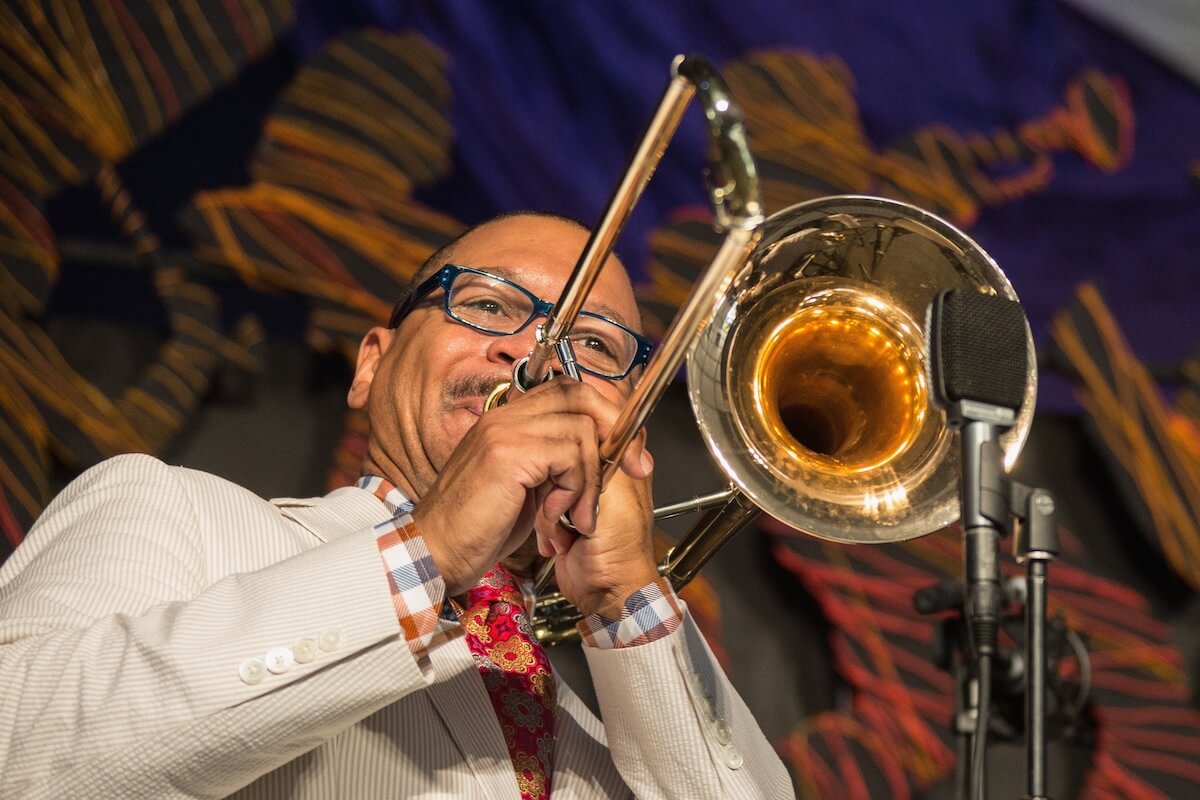
Getty Images






